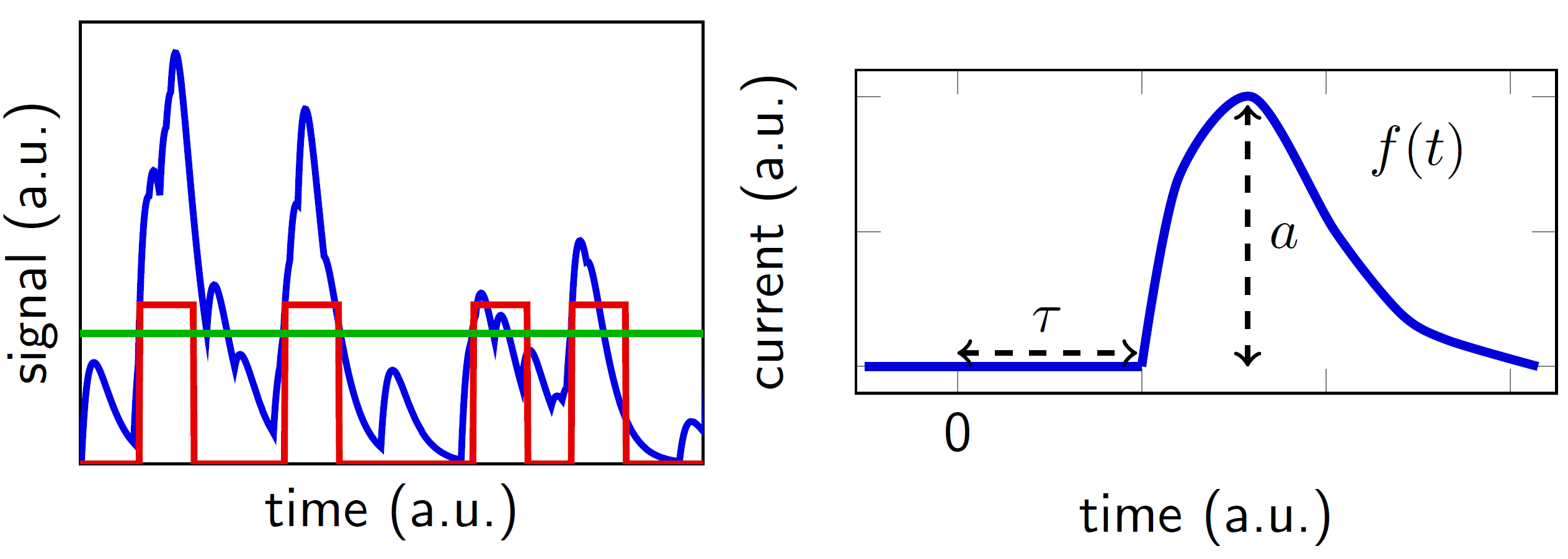
The processes of neutron multiplication and neutron transport in fissile materials are stochastic in nature. For this reason the number of neutrons in the medium at any given time fluctuates around an average value. The topic of neutron fluctuation analysis is the statistical characterization of these fluctuations, since they can provide information on various parameters of the system under investigation. Neutron fluctuation-based methods have found application in two separate areas. Originally they were used to determine the reactivity of subcritical reactor cores (critical reactor under startup or an accelerator-driven subcritical reactor under operation). A more novel application is in the field of nuclear safeguards where the main goal is the detection, identification and quantification of fissile materials (e.g. spent nuclear fuel, nuclear warhead, stolen plutonium). A property shared among every fluctuation-based method used today is that they gain information from the counting statistics (mainly higher-order moments) of neutron detectors. A major disadvantage of this approach is the dead-time effect arising inevitably in counting circuits, which leads to the loss of detection information and hence to false estimates of parameters.
One of our aims in the Institute of Nuclear Techniques is to develop alternative measurement methods, which are able to extract information from neutron fluctuations and at the same time are insensitive to dead-time losses. The research activity includes the development of the theoretical basis of such methods as well as their experimental demonstration and validation. The fundamental idea of the new approach is to gain information from the statistics (higher-order moments) of the fluctuating voltage signal of neutron detectors as opposed to the registered counts. The central element of the theory behind these methods is a stochastic mathematical model of the detector signal. According to this model the detection of each neutron induces a time-dependent voltage pulse characterized by an arbitrary (but fixed) shape function and by a random amplitude from an arbitrary distribution (see the above figures). The output signal of the detector is therefore the sum of pulses generated by the individual neutron detection events. Using the above model we have successfully developed and demonstrated the alternative versions of several measurement methods.
Main publications:
L. Nagy, I. Pázsit, L. Pál: "Two- and three-point (in time) statistics of fission chamber signals for multiplicity counting with thermal neutrons", Nuclear Instruments and Methods in Physics Research Section A: Accelerators, Spectrometers, Detectors and Associated Equipment 929 (2019) 148–155 DOI
L. Nagy, I. Pázsit, L. Pál, G. Klujber and M. Szieberth: “Multiplicity counting using the two- and three point statistics of fission chamber signals – theory and experimental demonstration”. International Conference on Mathematics and Computational Methods Applied to Nuclear Science and Engineering, 25 – 29 August 2019

